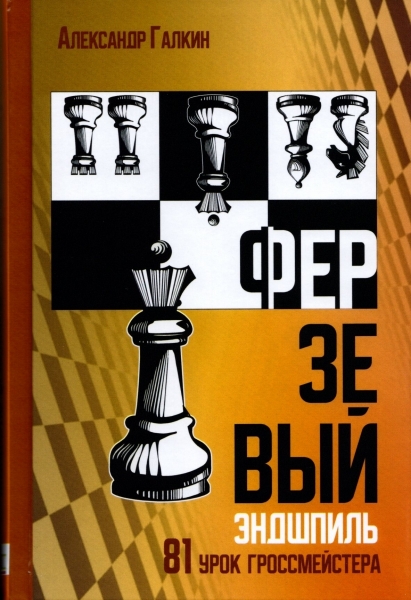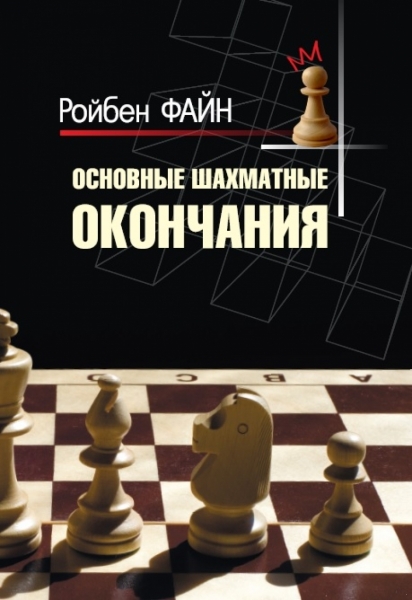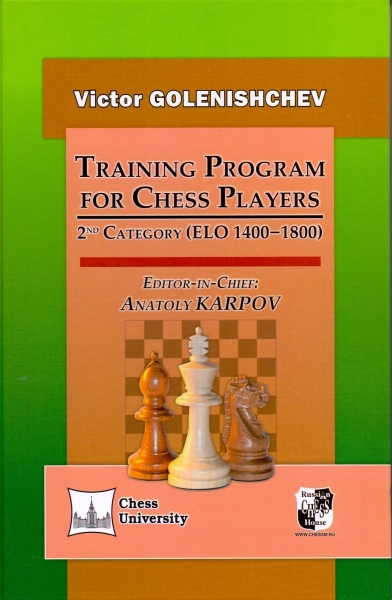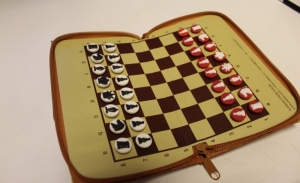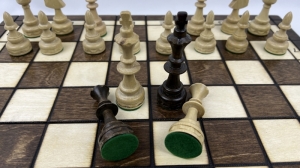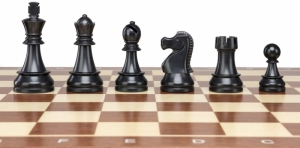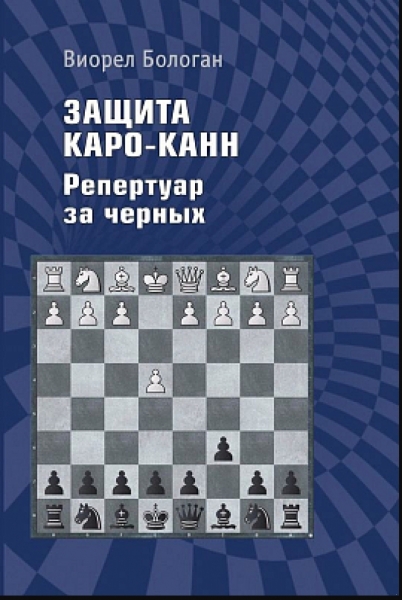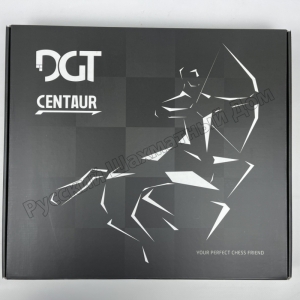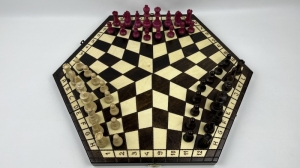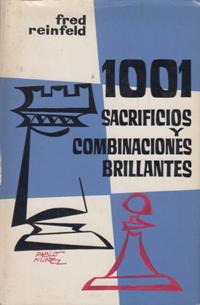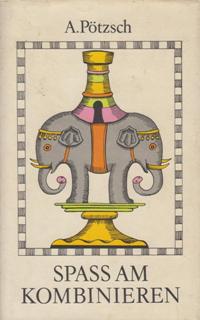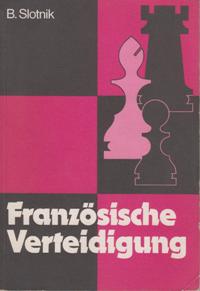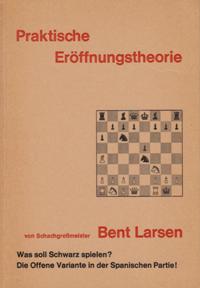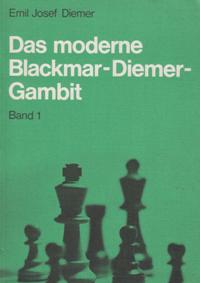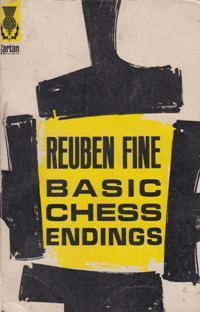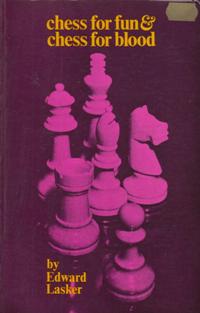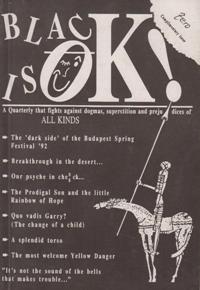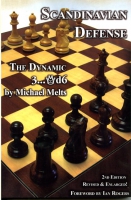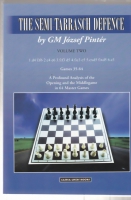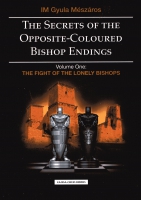Debut theory
-
Zum ersten Mal wird die Er & # 246; ffnung, die mit dem Zug 1. ... e6 als Antwort auf 1. E4 beginnt, schon im ersten gedruckten Schachbuch - dem Traktat von Lucena - erw & # 228; hnt, das in Spanien 1497 erschien.
-
Basic Chess Endings (abbreviated BCE) is a book on chess endgames which was written by Grandmaster Reuben Fine and originally published on October 27, 1941. It is considered the first systematic book in English on the endgame phase of the game of chess. It is the best-known endgame book in English and is a classic piece of chess endgame literature. The book is dedicated to World Champion Emanuel Lasker, who died in 1941 (the year the book was published). It was revised in 2003 by Pal Benko.
-
Chess as art and recreation; checkmating combinations, endgame play, strategic principles, more. Full details and analysis of author's famous game with Emanuel Lasker. 94 diagrams; other illustrations. "Very enjoyable." - Cleveland Chess Bulletin.
-
Now, in the second edition of The Scandinavian Defense: The Dynamic 3 ... Qd6, the author has added a tremendous amount of new analysis, insight and practical recommendations. This revised and enlarged second edition will provide both a solid foundation for meeting 1.e4 while at the same time allowing considerable room for creativity and original play. "Melts' serious study of a serious opening shows that at the moment not much need scare Black. Easy to play and theoretically sound - how many openings can boast that?" - From the Foreword by Australian Grandmaster Ian Rogers "I highly recommend Scandinavian Defense: The Dynamic 3 ... Qd6 for any club player who has struggled to find a line against 1. e4 they feel comfortable with. The material in this book provides more than enough ammunition to allow the average player security again just about anything White throws at them. Given the amount of effort that Michael Melts has put into this text, I have no doubt there will be plenty of stronger players who will want a copy too. " -Edward Scimia, About.com
-
The present, second volume (Games 35-64) contains all the variations beginning with 1.d4 Nf6 2.c4 e6 3.Nf3 d5 4.Nc3 c5 5.cxd5 Nxd5 6.e3. It also includes an Index of Variations for both Volumes.
-
Dear reader, you are holding the first part of a two-volume work in your hands. I'd like to lead you to a world mysterious and unknown even to trained chess players, in fact, more or less to grandmasters. I trust that reading this book will give you not only joy and entertainment but it will also help you to understand these extremely interesting and exiting endgames. Furthermore, I hope that as as result, later on you will be able to successfully adopt in practice all that you learn from this book. The topics are the following: The three positions of the introductory part shed light on what urged me to deal in such minuteness of detail with opposite-colored bishop endings. In the basic positions I arranged in a row the most important types of positions of connected and split pawns, the self-confident knowledge of which is essential to be able to solve the more complicated, multi pawn positions. In the examples of practical endings you can see all the virtues and errors which spring from the knowledge, or the lack of it, of the rules of opposite-colored bishop endings. The epilogue supports all that was written, and briefly summarizes the rules. I should like to express my special thanks to my ex-pupil GM Ferenc Berkes for his many and profound analysing work, and for always finding time to discuss any newly arisen, interesting-looking positions with me.
-
GM Delchev once again delved deeply in his pet defense and came up with several improvements and new ideas. You can expect added material and major revisions in the following variations: • English Attack vs the Taimanov • Classical System with 6.Be2 • System with Ld3 and Le3 • Alapin Variation 3.c3 The Bulgarian GM Delchev (current Elo 2661) proposes a sound yet aggressive Black Sicilian repertoire, based on the Taimanov system: 1.e4 c5 2.Nf3 e6 3.d4 cd4 4.Nd4 Nc6 5.Nc3 Qc7. As Black, it is extremely difficult to get a playable position without accepting extreme risks. This book deals with reliable positional systems which will serve you for many years, without having to update your opening knowledge every two weeks. This setup is especially effective against the dreaded English attack. The author is one of the world’s leading experts in that field and his recommendations are based mostly on his own games. Without hiding back his secrets, Delchev reveals many new ideas and novelties in his pet line. The authors pay also attention to White’s deviations from the Open Sicilian. There are chapters about 3.c3, 3.d3, 3.Nc3, 3.b3, 3.c4 and other rare lines. The book features a new form of presentation. Every system is examined in a separate part which contains three chapters: “Quick Repertoire”; “Step by Step”; “Complete Games”. You start with the “Quick Repertoire”. You’ll find there all the vital information that you need to start playing the variation. “Step by Step” chapters follow the usual layout of Chess Stars books with main lines that branch to sub-lines. Finally, every part ends with “Complete Games”.
-
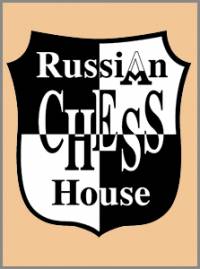 The life of a chess player in the system. Memories of the grandmaster
Author:
The life of a chess player in the system. Memories of the grandmaster
Author:
Averbah 45.00 $ -
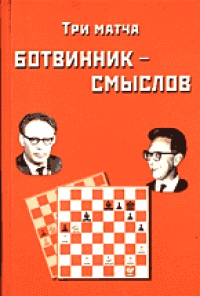 Три матча Ботвинник-Смыслов
Author:
Три матча Ботвинник-Смыслов
Author:
Botvinnik 45.00 $ -
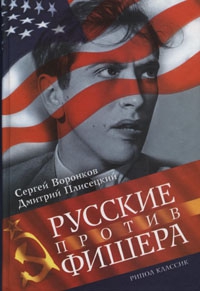 Russians vs Fisher
Author:
Russians vs Fisher
Author:
Voronkov 65.00 $ -
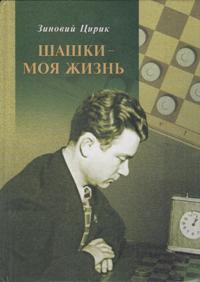 Checkers is my life
Author:
Checkers is my life
Author:
Ciric 87.50 $ -
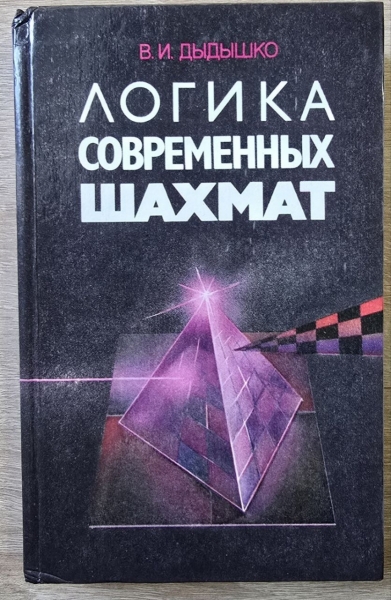 The logic of modern chess
Author:
The logic of modern chess
Author:
Dydyshko 72.50 $ -
 Siegbert Tarrasch. The Queen
Author:
Siegbert Tarrasch. The Queen
Author:
Tarrash 72.50 $ -
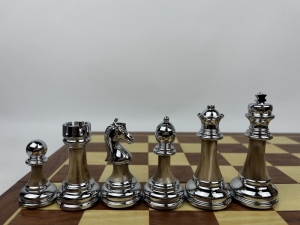 High quality acrylic metal heavy chess pieces with wooden board
202.50 $
High quality acrylic metal heavy chess pieces with wooden board
202.50 $
-
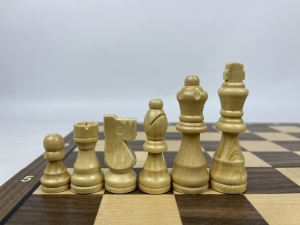 Wooden magnetic Staunton chess with a lock (silver)
56.25 $
Wooden magnetic Staunton chess with a lock (silver)
56.25 $
-
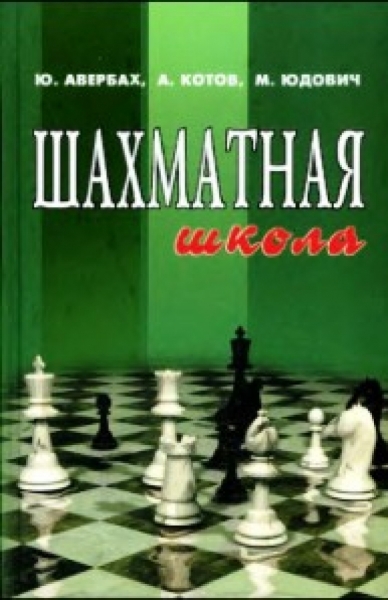 Chess school
Author:
Chess school
Author:
Averbah 15.00 $ -
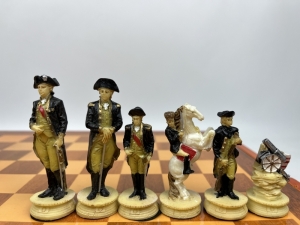 The chess set of The Chessmen. US war - Great Britain
325.00 $
The chess set of The Chessmen. US war - Great Britain
325.00 $
 Русский
Русский  Английский
Английский 